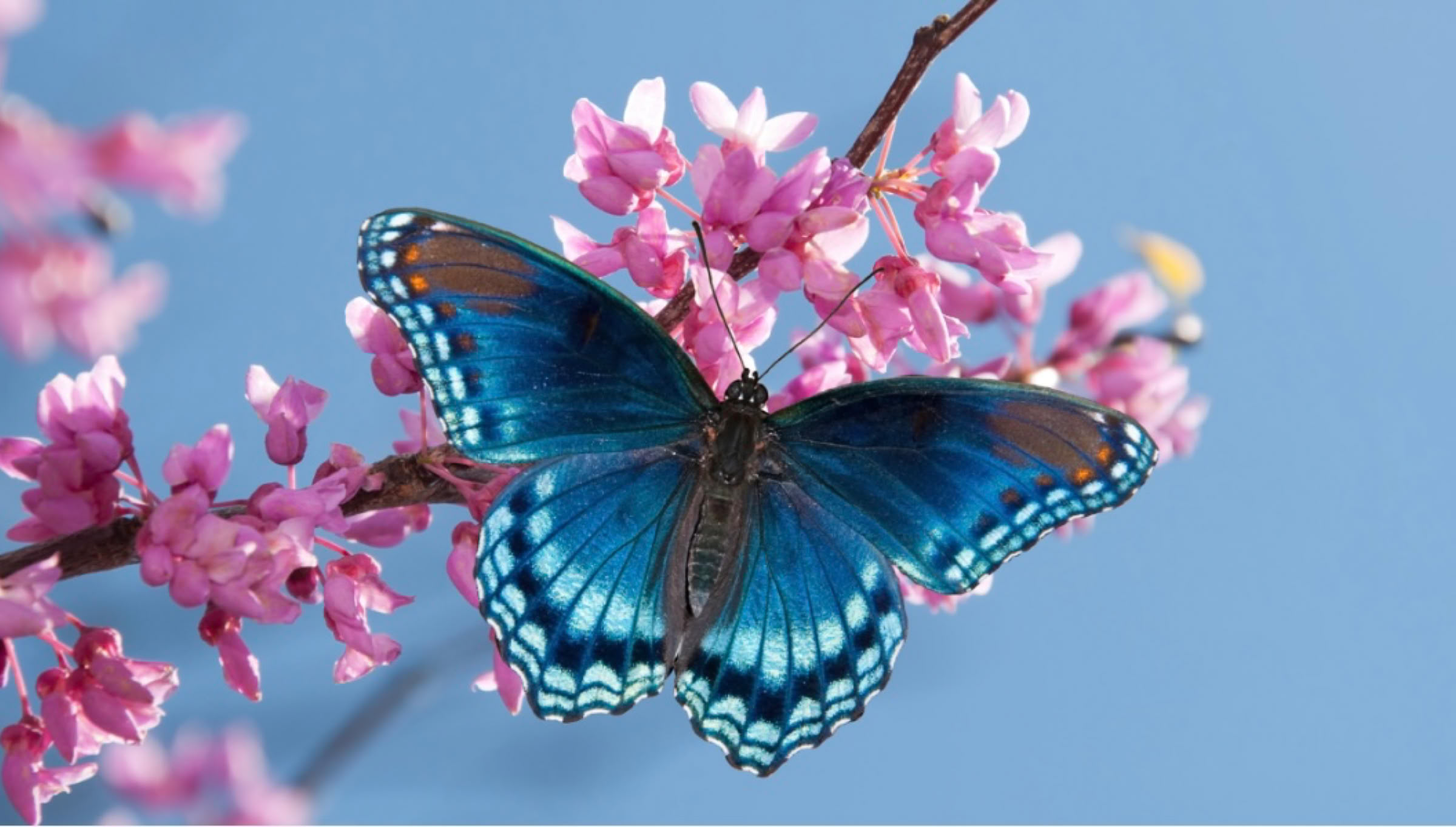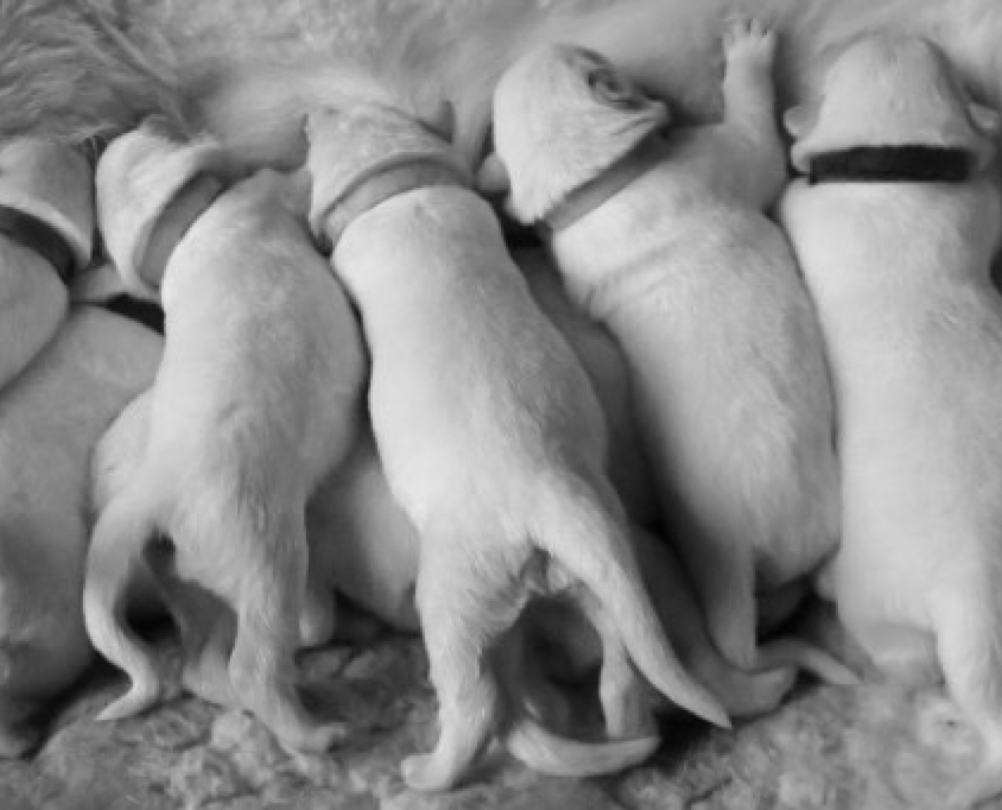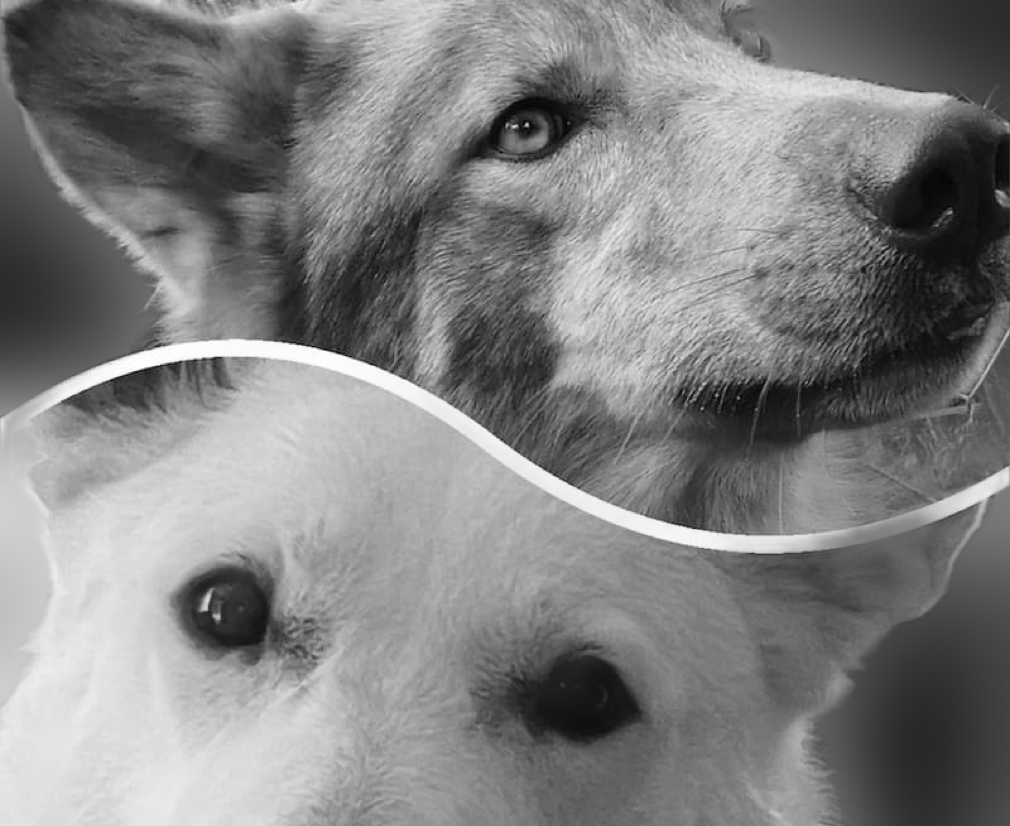

Butterflies represent hope, rebirth, and transformation.
The NeverendingDog Project also embodies these same characteristics.
NeverendingDog Project
Preservation of the White Swiss Shepherd

The White Swiss Shepherd is a canine breed that exudes an irresistible charm, captivating potential owners with its friendly nature, handsome appearance, and lively demeanor.
A single glance often reveals their amiable disposition and eagerness to engage in activities. They possess a remarkable ability to spread the joy of companionship, inviting their owners to actively participate in their adventures. Beyond their affable and sociable traits, they retain their intelligence as skilled sheepdogs, relishing both physical and mental challenges. This versatility makes them an ideal choice for various dog sports, including obedience, agility, flyball, tracking, and its numerous variations. Their playful nature often leads to amusing behaviors.
In essence, the White Swiss Shepherd embodies the ideal of a humorous and athletic family dog, adept at forming strong bonds with children and showcasing remarkable sporting abilities.
However, it has come to light that the White Swiss Shepherd is facing a critical situation that necessitates the implementation of breeding adjustments to ensure the breed’s long-term health and well-being. Failure to address this matter could lead to significant genetic issues and the distinction of the breed. It’s time to step up because not doing anything isn’t an option!!!
You can read all about the health issues of the White Swiss Shepherd HERE
Research shows that there are some ways to preserve genetic diversity and avoid inbreeding depression:
In my regular breeding program where I breed with purebred White (Swiss) Shepherds I have included two of the above-mentioned approaches:

Regarding approach ‘1’: males are permitted to sire a litter no more than four times annually to prevent the popular sire effect (or popular stud/sire syndrome). This occurs when an animal with desirable traits is repeatedly bred, leading to excessive inbreeding and an increased risk of genetic abnormalities in the breed. We must strictly avoid this at all costs. Regarding females, I only breed with females over two years old but not older than eight years. To minimize the strain on the females, they are bred a maximum of once every two cycles.
About approach ‘3’, we only breed with parent dogs that are NOT related in four (4) or less generations. We strive to breed ‘away’ from unfavorable ancestors and aim to breed with parent dogs that have a Wright’s or Hardiman’s[1] inbreeding coefficient approaching or being zero percent.
My NeverendingDog Project, focuses on approach ‘2’ i.e. outcrossing.
[1] www.pedigreedatabase.com
My primary objective is to preserve many generations of healthy, well-mannered, beautiful, and breed-typical White Swiss Shepherds. Dogs that people are content with and that ensure the longevity and survival of the White Swiss Shepherd (WSS). To accomplish this, I will reduce the COI while simultaneously increasing the breed’s diversity by starting with outcrossing one of my females to another (mix) breed male. This way I hope to accomplish for the breed in general and my bloodlines in particular:
Genetic diversity: Outcrossing introduces new genes, which can reduce the risk of genetic abnormalities and disease.
Inbreeding: Outcrossing can reduce inbreeding rates.
Longevity: Increased genetic diversity can improve longevity.
Birth rates: Increased genetic diversity can improve birth rates.
In "How N.E.D.?", I will explain this plan. However, before I do, I want to express my sincere commitment to moving forward with this outcross. As a breeder who registered not only my dogs but also my kennel with the FCI, I have taken the pledge to adhere to the “Standing Orders of the FCI.” Execution of this project doesn’t change that.
An outcross bloodline should be crossed according to the procedure outlined below:
Selection of the outcross
Before I go into further detail about the breeds/dogs that may be eligible for my outcrossing program, I will first describe the criteria that the breeds/dogs must meet.
Considering the criteria 1-4, I’m contemplating the following breeds for crossbreeding: Alaskan Malamute, Siberian Husky, and German Shepherd Dog. For descriptions of these dogs, please see page FOUNDATION DOGS.
Other possible (mix) breeds to use for outcross are (and this list is not limited): Wolf Dog, Tamaskan, Northern Inuit, Can de Palleiro, Carolina Dog.
Selection foundation dogs:
First step is to select the two parent dogs with which we start our program, the so called “foundation dogs”. For both dogs applies that they must meet the criteria as set in ‘selection of outcross’. Additional both dogs must be older then 2 years and the female not older then 8 years.
A stud contract will be drawn to put all arrangements between me and stud owner into writing. For the mating both dogs need to be tested for Brucellosis. A repetition of an outcross combination is only permitted if the first outcross litter consisted of less than three puppies or if the outcross litter only produced males or females.
Selection and breeding next generation outcross:
Outcross registration:
All puppies from outcross and back cross that are within:
(*) Once they are old enough to prove they are within the FCI standards.
All other, not in accordance with the FCI standards of any breed, will be registered with the Continental Kennel Club (CKC). Note: During the program I can decide to register with UKC instead of FCI if I feel this is more appropriate.
Backcrossing:
Backcrossing, which involves crossing an outcross with a purebred WSS, significantly reduces the impact of outcrossing. Therefore, it’s crucial that I don’t backcross too early. Research indicates that outcrossing only has a limited short-term effect unless repeated continuously.
After a single outcross breeding back with a WSS, it becomes ineffective, and before you know it, you’re back to the same COI and diversity as before the outcross. In fact, it could even be worse.
My proposed solution is to outcross until the Fourth generation (F4) and then cross back to the WSS. I don’t have an infinite amount of time, so I must set a limit somewhere. This approach is certainly not ideal, but outcrossing until the Fourth generation will enhance the WSS’s health. However, the most optimal solution, as research suggests, is to outcross continuously. But then I need to find individuals who share my vision and are enthusiastic enough to participate in the NeverendingDog Project and continue when I can’t anymore.

There is growing recognition that loss of genetic diversity from the gene pool of a breed over the generations is having the unwelcome result of increasing the burden of health issues. The geneticists claim that the remedy for this is crossbreeding that will introduce new diversity into the breed. However, there is much fear among breeders that cross-breeding might improve genetic diversity, but it will destroy breed type.
The process for outcross crossings involves mating White Swiss Shepherds with other (mix) breeds to enhance the breed’s genetic diversity and improve its overall quality.
Considering the kinship problem within the White Swiss Shepherd population and the resulting health perspectives, various solutions can be devised. One such solution is the crossing of so-called ‘outcross’ bloodlines, which involve the mating of purebred dogs or a mix dog of the chosen breeds, other than the White Swiss Shepherd.
2025 ©Website Neverendingdog Project designed and built in corporation by Eveline Broeders-Wilke & Sunnyside Sisters Bed and Breakfast. All rights served.
It's not allowed to use pictures and text without consent of Eveline Broeders-Wilke.